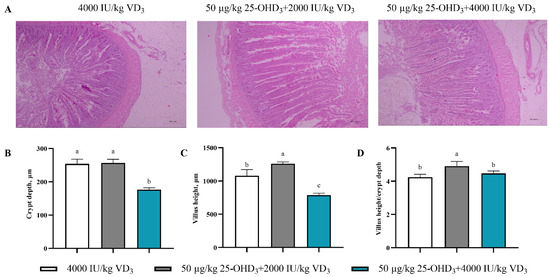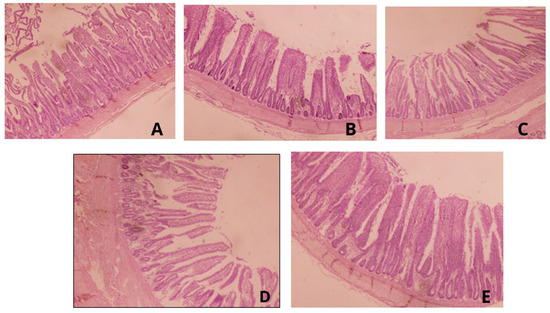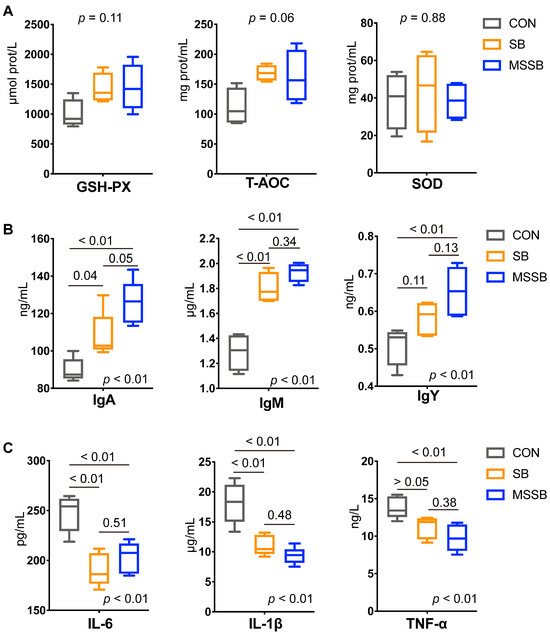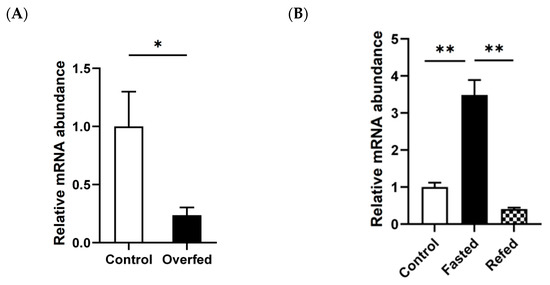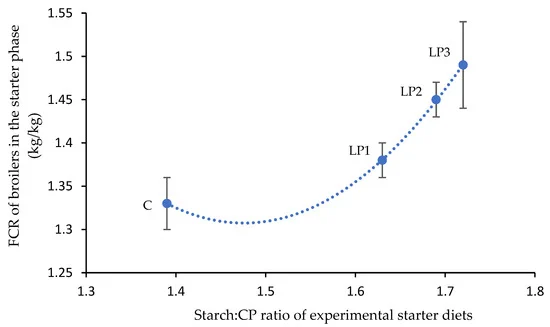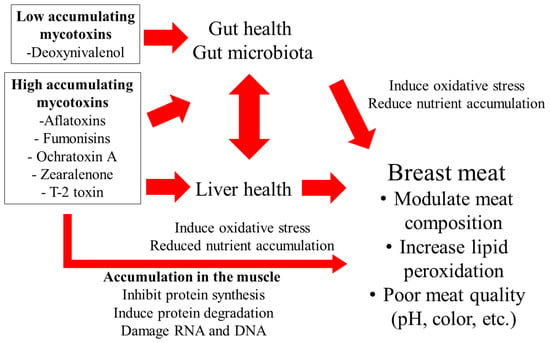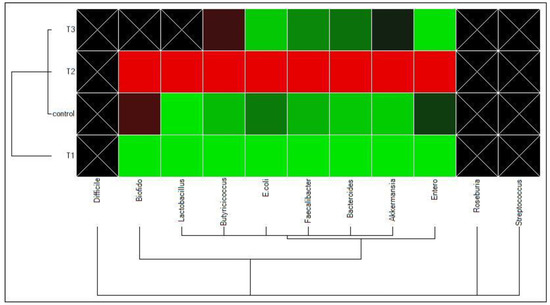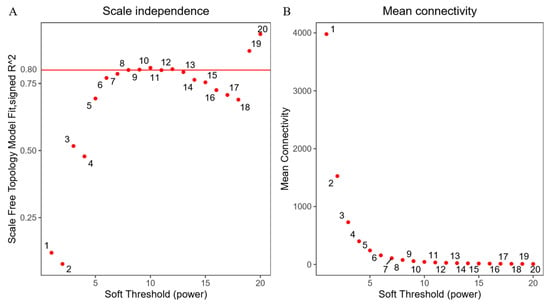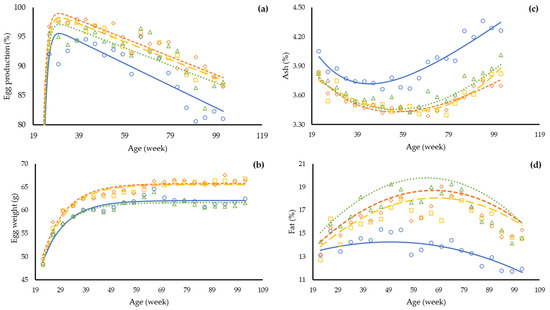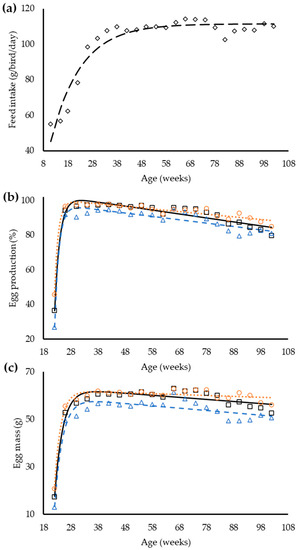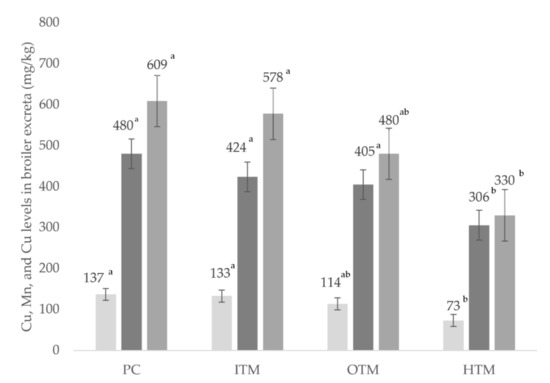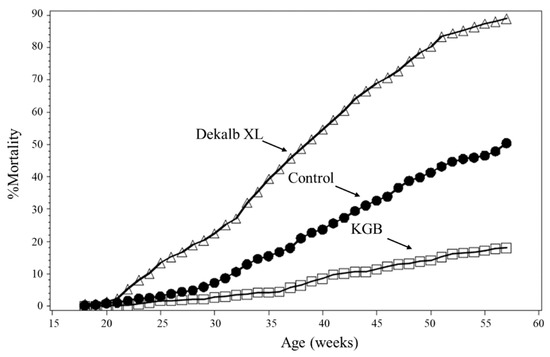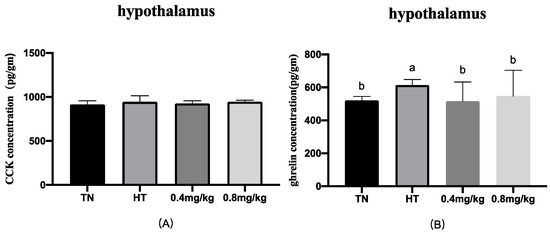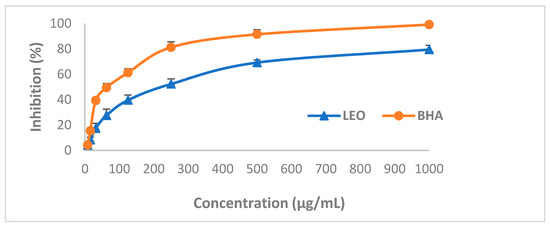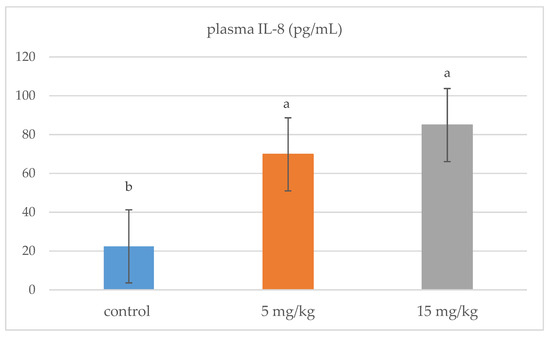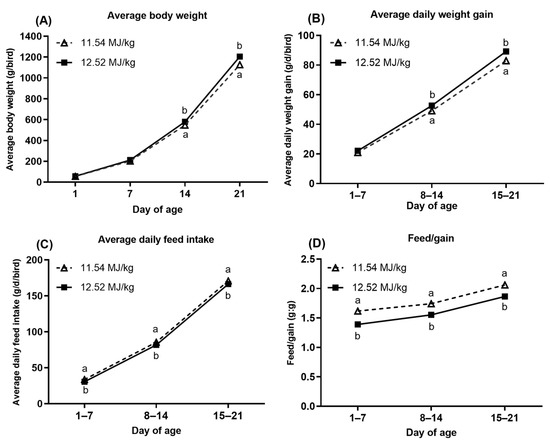Poultry Nutrition and Metabolism
A topical collection in Animals (ISSN 2076-2615). This collection belongs to the section "Poultry".
Viewed by 91281Editors
Interests: animal nutrition; poultry nutrition; feed science; feed technology
Special Issues, Collections and Topics in MDPI journals
Interests: animal nutrition; rabbit; poultry; fish; edible insect; feed evaluation; feed formulation
Special Issues, Collections and Topics in MDPI journals
Topical Collection Information
Dear Colleagues,
The aim of this Topical Collection is to publish high-quality papers related to poultry nutrition and metabolism as well as the interrelations between nutrition, metabolism, microbiota, and poultry health. Thus, we invite you to submit your recent findings to this Topical Collection as original research or review articles on poultry nutrition and metabolism regarding, but not limited to: the effect of feeding on poultry meat end egg quality; nutrient requirements of poultry; the use of functional feed additives to improve gut health and immune status; microbiota; nutraceuticals; soybean meal replacers as alternative sources of protein for poultry; the environmental impacts of feeding poultry; the use of feed/food by-products in poultry diet; feed technology; and poultry organic productions.
Prof. Dr. Vincenzo Tufarelli
Prof. Dr. Fulvia Bovera
Guest Editors
Manuscript Submission Information
Manuscripts should be submitted online at www.mdpi.com by registering and logging in to this website. Once you are registered, click here to go to the submission form. Manuscripts can be submitted until the deadline. All submissions that pass pre-check are peer-reviewed. Accepted papers will be published continuously in the journal (as soon as accepted) and will be listed together on the collection website. Research articles, review articles as well as short communications are invited. For planned papers, a title and short abstract (about 100 words) can be sent to the Editorial Office for announcement on this website.
Submitted manuscripts should not have been published previously, nor be under consideration for publication elsewhere (except conference proceedings papers). All manuscripts are thoroughly refereed through a single-blind peer-review process. A guide for authors and other relevant information for submission of manuscripts is available on the Instructions for Authors page. Animals is an international peer-reviewed open access semimonthly journal published by MDPI.
Please visit the Instructions for Authors page before submitting a manuscript. The Article Processing Charge (APC) for publication in this open access journal is 2400 CHF (Swiss Francs). Submitted papers should be well formatted and use good English. Authors may use MDPI's English editing service prior to publication or during author revisions.
Keywords
- poultry nutrition
- metabolism
- microbiota
- broiler
- laying hen
- quail
- duck
- turkey
- game birds
- feed additives
- by-products
- nutraceuticals
- organic production








